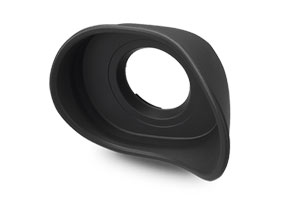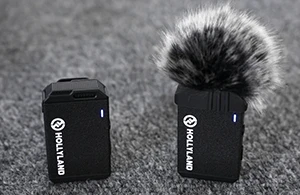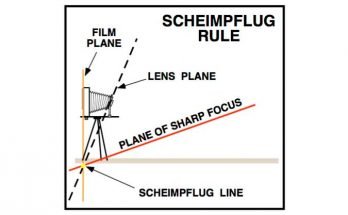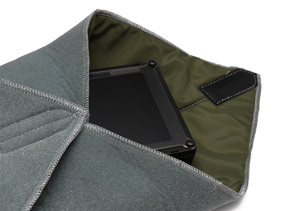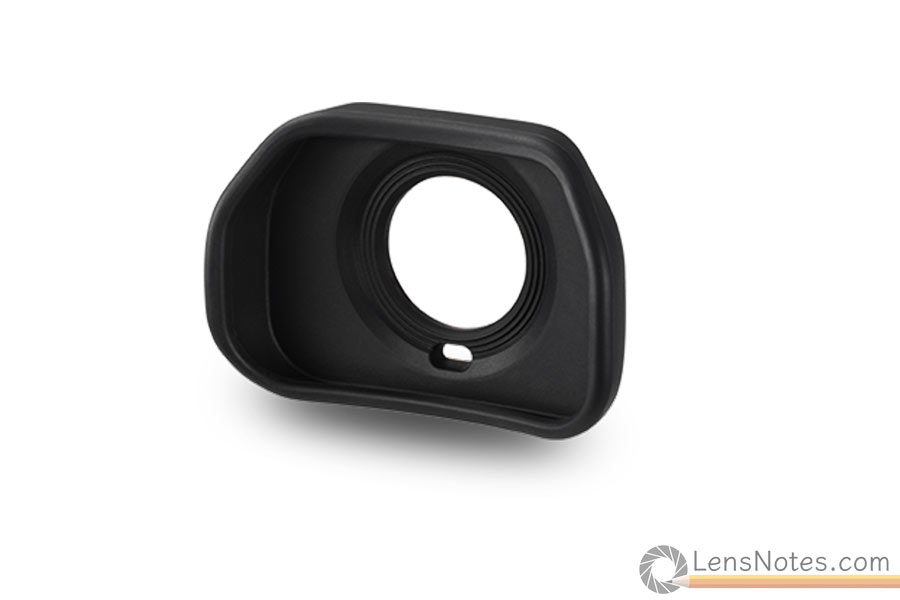
What is an eyecup?
An eyecup, when relating to photographic equipment, is typically a contoured rubber cup attached to the eyepiece of the camera. Also known as eyepieces, the main function of these accessories is to provide a comfortable point of contact when using the camera viewfinder.
In addition, they block extreneous light to improve viewing in bright conditions and help seal the viewfinder against your eye in the rain. Rubber eyecups also provide mechanical protection to the viewfinder optics, and act as a soft bumper for eyewear users. Most photographic and cine cameras that you can purchase today come with an eyecup already installed.
Can I change or replace a lost eyecup?
For comfort, most eyecups are manufactured out of soft, pliable rubber. However, this means they can wear, damage or get soiled with use, which is why most are constructed to be easily detached from the camera. Unfortunately, much like lens caps, this also makes them prone to getting lost. Replacement eyecups for most cameras can be purchased directly from the manufacturer.
In addition to replacing a lost eyecup, you can also opt to change yours for one that provides a better fit or offers additional functionality. However, bear in mind that different cameras have different eyecup sizes and attachment interfaces. Even though they might look similar, eyecups are generally not compatible across manufacturers and product lines.
Furthermore, most electronic viewfinders on mirrorless cameras feature a proximity sensor. This sensor turns on the EVF and switches off the LCD display when you raise the camera to your eye. It is usually positioned right under the eyepiece, and needs an opening in the eyecup to function correctly. If you replace your eyecup with a non-compatible one, the proximity sensor may be blocked or obstructed, which will affect the camera operation.
Specialist eyecups
Because of the easy attachment and removal of this accessory, it provides an opportunity to quickly add additional functionality for special-use situations. Most manufacturers offer different eyecup models that provide specialist features in addition to the regular eyecup features.

Correction
Almost all cameras on the market today feature built-in viewfinder diopter adjustment, so that you can use it without your eyeglasses, for example. However, this is not always the case. For many vintage cameras, the only way to adjust the eyepiece to your diopter requirements is through correction elements that are attached in place of the eyecup.
Some users may also install correction eyepieces on cameras with built-in diopter adjustment in cases where the adjustment range is not sufficient. Some correction elements are made to be placed between the viewfinder eyepiece and the eyecup. In other designs, correction eyepieces are built into eyecups that provide the same tactile and shading beneftits as regular eyecups.
All Leica cameras, including contemporary models, rely on external correction lenses.
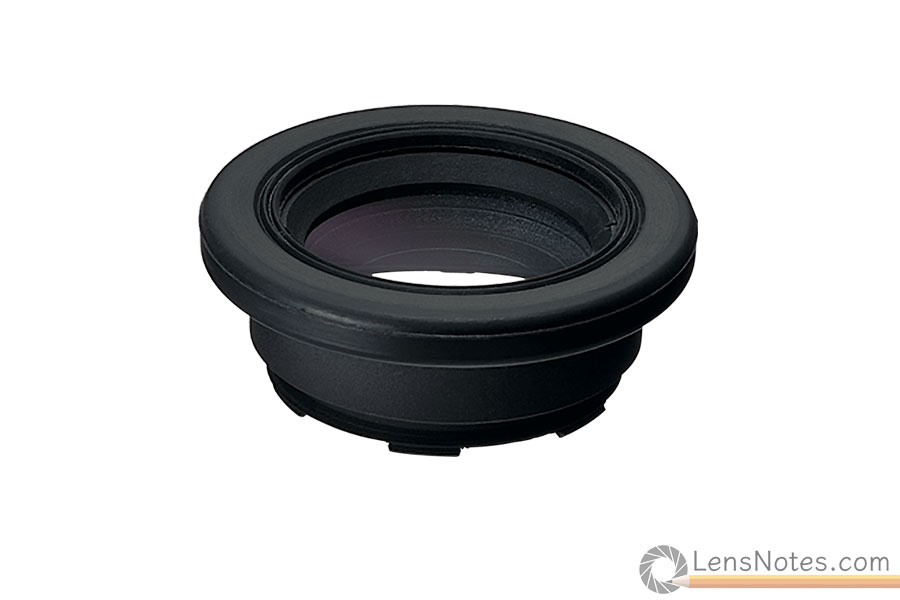
Magnification
Magnification eyecups look and work in much the same way as diopter correction units but provide a different functionality. As the name suggests, they give you a magnified view of the viewfinder image. Most popular models offer fixed magnification, although zoom models do exist. Magnification eyepieces can be very useful for critical focusing with manual focus lenses or in macro photography applications, much like putting a loupe to your view camera ground glass.
However, the magnification does come with it’s limitations. In order to get a better look at the center of the image you might experience some vignetting or have difficulties reading information displays along the edges of the viewfinder. This may not be the case with every camera or every user, so if it’s a concern of yours it’s best to test before buying.
There are universal magnification eyecup kits with adapters for different cameras, but as discussed above they may cause issues with EVF proximity sensors. Most major camera manufacturers offer magnification eyecups for their cameras. The Nikon DK-17M eyepiece provides a 1.2x magnification of the viewfinder. It replaces the regular DK-17 eyecup on the D5, D6 and other pro and semi-pro Nikon cameras. Pentax also offer the O-ME53 eyecup with 1.2x magnification that is compatible with most of their DSLR cameras.
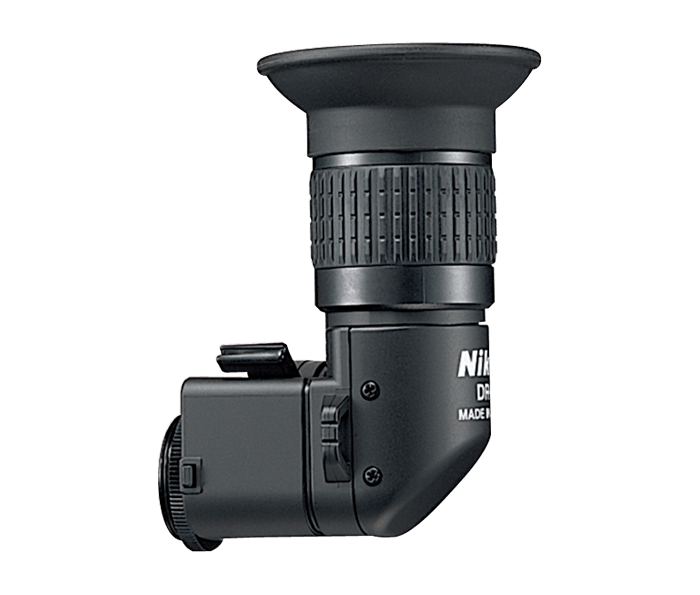
Direction
While not strictly falling under the category of eyecups, right angle viewfinders deserve a mention here because they attach to the camera through the eyecup interface. As you can see from the image of the Nikon DR-5 viewfinder above, these devices feature eyecups of their own.
Anti-fog
If you’ve ever shot your SLR or DSLR in the cold, you know what pain in the ass fogging can be. For fast action shooting in the cold, like winter sports for example, a foggy viewfinder can mean a missed moment. To counter this many camera equipment manufacturers offer specialist anti-fog eyecups for their cameras.
Anti-fog eyecups usually feature a specially coated glass element which prevents fogging and condensation. Canon and Nikon both offer anti-fog eyepieces for their higher-end cameras.
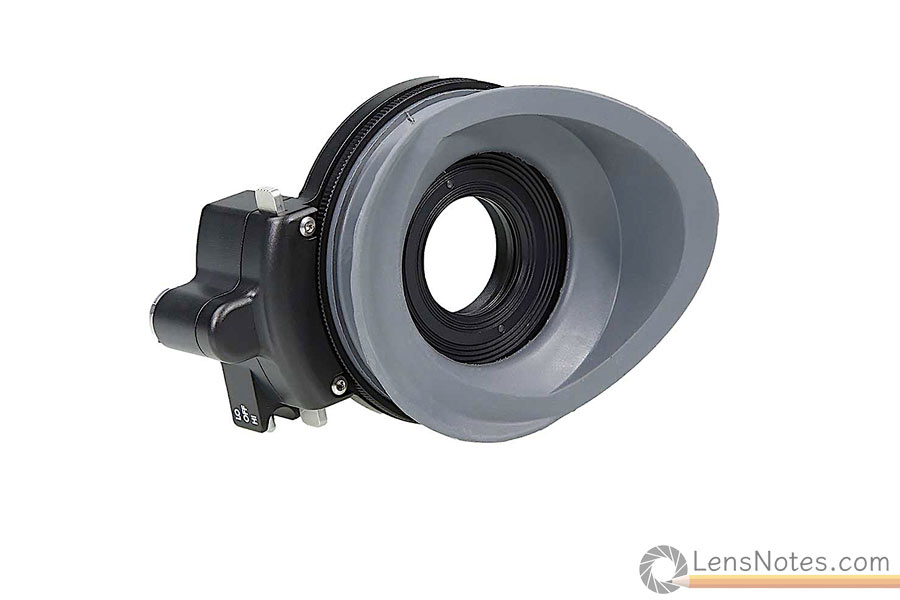
Heated
Coming up to the more exotic end of the eyecup spectre, we can see that Arri have raised the bar once again. They offer a dedicated line of heated eyecups for their Alexa cine cameras for the ultimate in fogging and freezing prevention. In fact, the company’s latest viewfinder, the MVF-2 that comes with the Alexa Mini LF has a built-in heated eyecup.
Denz Shut Eye heated eyecup is another option available to Soni Venice and Panasonic users. Like anything cinematography related, none of these units come cheap.
Eyecup Q&A
I’ve lost my eyecup, can I still use the camera without it?
You can certainly carry on using your camera without an eyecup, but we recommend you get a replacement one eventually. As discussed above, an eyecup not only makes the viewfinder more comfortable, but also protects it from accidental damage. It’s cheap insurance, and besides, most cameras look a bit unfinished without an eyecup.

